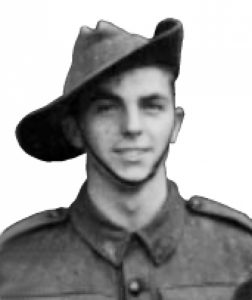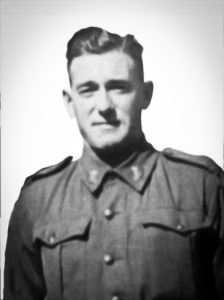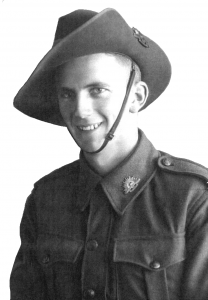‘J’ Force and ‘Wales Maru’ Party to Japan
We wish to acknowledge much of the detail included below has been taken from “The Story of ‘J’ Force” by A. Dandie.
There were 20 men from 2/4th included in ‘J’ Force.
The Japanese initially told the men of ‘J’ Force they were actually going to a rest camp – ‘they had been promised (as confirmed by Captain Boyce, QW23518, AAMC, OBE 2 Australian Con. Depot in his medical report) before leaving Singapore there would be no marching and that motor transport would be provided. They were going to a Rest Camp and a good Camp. There would be no hard work, plenty of food, medicines and a hospital of 600 beds.’
This group of 900 POWs was made up of 600 British, 300 Australians and a few American merchant seamen who left Changi 15 May 1943 for Keppel Harbour by truck.
At the harbour all POWs were searched on the docks before embarking. The men stood at ease with their hands behind the backs and their kit bags laid out in front of them. For ‘most’ Australians it was a farce. (At least one revolver was smuggled aboard, but at it became ‘too hot’ to keep, was thrown overboard near Formosa.) Amongst the British the Japanese seized revolvers, live ammunition, field glasses and other ‘contraband.’
They boarded a rusty old, filthy dirty tramp cargo ship – 6,586-ton passenger/cargo ship ‘Weills’ Maru or possibly ‘Welles’ Maru but then christened ‘Wales’ Maru by the Australians. Described by the men as ‘old and slow with a top speed of 6 knots’ ‘Wales’ Maru was built 59 years earlier and had probably been purchased for scrap metal. With a severe shortage of ships available to transport POWs – the scrap metal ships were dragged back to service. The ‘Wales’ Maru was one of a small convoy which sailed on 16 May 1943 – there was no delay as was experienced by other parties later – some waited 2-3 days or longer after loading. The convoy was escorted by a small naval vessel and zigzagged all the way, moving north and hugging the Malayan coast until the convoy arrived at Saigon River.
Instructions accompanying the order from the Japanese were said to require the men were to be either fit for heavy work light work or fit to travel.
In his report Capt. Boyce said there were “50 AIF Retro Bulbar Neuritis cases from the eye wards of Roberts Barracks amongst the Dietary Deficiency cases. He further commented there were “10 Anxiety Neurosis cases, some ‘topical’ and some arising amid conditions or war.”
Many Australian POWs were convalescents who had recently been discharged from hospital or recently been discharged from the Convalescent Depot – John Gilmour had been months in hospital with loss of vision.
A sample of 23 men from one Battalion either recently discharged or from the Convalescent Depot comprised 4 wounded in battle – these 4 plus the remaining 19 all had or were continuing to suffer from following various sicknesses:
Dysentery – 11
Tonsilitis – 1
Septic Tinea -1
Malaria – 4
Dengue -6
Anxiety Neurosis – 5
Scrub Typhus – 1
Eye problems – 12
Diet Deficiencies – 20
Dermatitis – 14
The above is a fair indication of the state of health of the whole Party.
The members of the Australian component of ‘J’ Force were drawn from a variety of Units with the largest number from 2/30th Btn of 50 men under Sgt R.T. ‘Dick’ Noble. Many of the service or technical units appear to have only one representative such as Postal, 2/4 Field Park, 2/9 Field Ambulance, MLFDU, 2/3 Ord. Store. One from RAAF. The total number of Units was about 51.
The 900 men were crammed into three of the four holds. One doctor, 10 medical orderlies and approximately 300 POWs into each hold. There was no room to stand and the men had to avoid sitting or lying on protruding bolts. Space available to each man with his kit was less than 25 cubic feet. The fourth hold was occupied by the Japanese.
Charlie La Galle described his quarters:
“Down the rear hatchway, on the deck below the well deck. Sleeping places were arranged around the hold in two tiers. The first was about a foot off the floor level and the second about 4′ 6″off the floor. Quarters were 12 feet deep – so we slept two deep and had about 2′ 6” space each man. On the floor area the men slept in rows – about the same space for each man.
In the daytime the baggage and bedding, such as it was of the men on the floor – was packed against the rear wall, which had no sleeping quarters”.
Ian Doherty was also in the rear hold.
“A mixed bunch of Australian, British and civilians were herded into the hold which was directly over the propeller and under an ancient stern chaser. The hold was approx. 50 feet by 40 feet making accommodation a very tight squeeze. Those men on the bed shelves faced difficulties when sitting up – having to do so in a crouched position to avoid the upper shelf if on the lower one or to avoid the iron deck if on the upper shelf.
In the centre of the rear hold was another hatch cover beneath which was a mix of cargo including cinchona bark from which quinine is derived.
The men in this hold were mainly diarrhoea and malaria convalescents. With limited time allowed on deck with one toilet and 2 urinals and 4 cubicles – the men had no option but to use the hold underneath as a urinal and for other rubbish. As the days wore on the stench became indescribable – but had to be accepted since there was no alternative. The outside toilet was at the stern of the ship – it was a box on a plank jutting over the ship’s side.”
The cargo beneath the men of No. 1 Hold included quinine and rubber. The quinine acted as an irritant to eyes and took time to get used to.
Cooking was undertaken by POWs in steam coppers on deck. Firstly serving rice with vegetables and when the vegetables were exhausted they were served rice with sea weed stew. Basically a little serving of soggy rice and weak cabbage soup. Troops arranged themselves into groups of 20 with each group responsible for doling out the food for their day on duty. The fatigue was required always to wait its turn to fill its own plates/dixies until everybody else had been supplied. Consequently if portions had been too liberal to the line-up, the fatigue went short. If there were any left over after the fatigue had taken its share, that surplus was issued to all groups in turn as a back-up.
Drinking water was precious.
The men had to remain in their holds for most of the day and night and were allowed 20 minutes on deck each per day unless using the latrines if the guards permitted – built over the side of the ship. If possible and in groups, the men bathed beneath hoses from the sea water.
The first port of call was French Indo-China – the estuary of Riviere de Saigon at Cape Jacques where ‘Wales Maru’ anchored off the coast and waited for the convoy to arrive.
The estuary was a collecting point where convoys would arrive, break up and form up with other ships, depending on their destination. (American submarines later roamed the South China Seas terrorizing and attacking Japanese shipping, enforcing an affective blockade on Cape Jacque and Saigon).
The ‘Wales Maru’ sailed on 23 May reaching Takao, southwest coast of Formosa on 29 May 1942. They departed Takao on 2nd June. The men who were used to Singapore’s tropical heat were now experiencing light showers and cooler temperatures.
On 5 June 1942 at 10.00 hours all hell broke loose aboard ‘Wales Maru’. A US Navy submarine had fired torpedoes into the convoy. The POWs were locked down in the holds. The Japanese responded when their armed escort dropped depth charges on the submarine and other ships in the convoy fired their guns. The very primitive depth charges onboard the ‘Wales Maru’ were 44-gallon drums filled with explosives tied with rope to the stern of the ship. The rope was cut to allow the drums to fall. The explosions damaged the propeller shaft of ‘Wales Maru’ further reducing her speed.
The ‘old’ ship was now reduced to about 3 knots and soon left behind by the convoy having to fend for herself! One can only begin to imagine the terror felt in the ship holds and the men’s great relief when ‘Wales Maru’ arrived at Moji, Japan.
Capt Clive Rodney Boyce QX23158 was posted to ‘J’ Force as Australian Medical Officer (originally attached to 2 Aust. Con. Depot as a Psychiatrist and later 13 AGH, Changi). Although other British Medical Officers were on board ‘Wales’ Maru Boyce became the ship’s doctor for the voyage and then at Kobe House.
Please read further and see photographs
Moji on Kyushu Island and Shimonoseki on Honshu Island were the two most important transportation and communication centres in Japan. The each had good port facilities capable of handling large ships and providing unlimited anchorage. Kyushu had large coal exports and concentrations of heavy industry to trade with Korea, Manchuria, China and Netherlands East Indies.
‘Wales’ Maru arrived Moji 7June 1943.
Before disembarking and in full view of the public gathered on the wharf at Moji, a medical examination and glass rod test was conducted aboard the ‘Wales Maru’. The IJA had an ongoing paranoia concerning amoebic dysentery and pestis.
The POWs were now divided into 3 parties.
No. 1 Party was made up 150 sick and invalid who the Japanese claimed were being sent to a rest camp near Moji.
Included were 100 British and 50 Australians – from 2/4th were Roy Deveson and William ‘Pop’ Davey.
The promised rest camp was Fukuoka sub-Camp No. 9 Hakensho, Kyushu Island.
The 150 sick and invalided found themselves working down coal mines!
Below: Roy Deveson
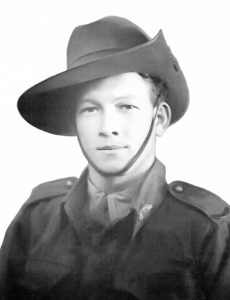
Below: William ‘Pop’ Davey

No. 2 Party comprised 250 Australians and 18 members of 2/4th MGB.
No. 3 Party was made up of 500 British who travelled with
No. 2 Party and remained on the train, continuing to another camp.
At dusk Parties 2 and 3 boarded a ferry that took them across the strait to Shimonoseki where they berthed at the ferry landing, located at the northern limit of the southern wharves. From the ferry landing it was only a matter of yards to the railway station to Kobe.
OSASKA-KOBE-KYOTO
Kobe is built along a narrow section of the north coast of Osaka Bay at the western extremity of Osaka plain. Kobe began life as a tiny fishing village and then opened to foreign trade in1867. In 1892 the city was granted a charter and soon developed into a prosperous port with the aid of Sino-Japanese war of 1894-95 followed by Russo-Japanese War 1904-05 that saw this port outstrip Yokohama by volume of imports and exports.
The Osaka-Kobe-Kyoto area of Japan was the most highly industrialised in the Japanese Empire. The commercial districts were located near the waterfront on the coastal plain and produced vast quantities of war materials. The area produced 25% of all Japan’s rolled iron and steel products, approximately 30% of her naval and merchant ships and 30% of her marine engines. Wartime production in this area also included the manufacture of aircraft, engines, parts and ordnance. Undoubtedly the reason American B29 bombers were so attracted to the area!
Read further about the bombing of Kobe
Kobe wharves being bombed

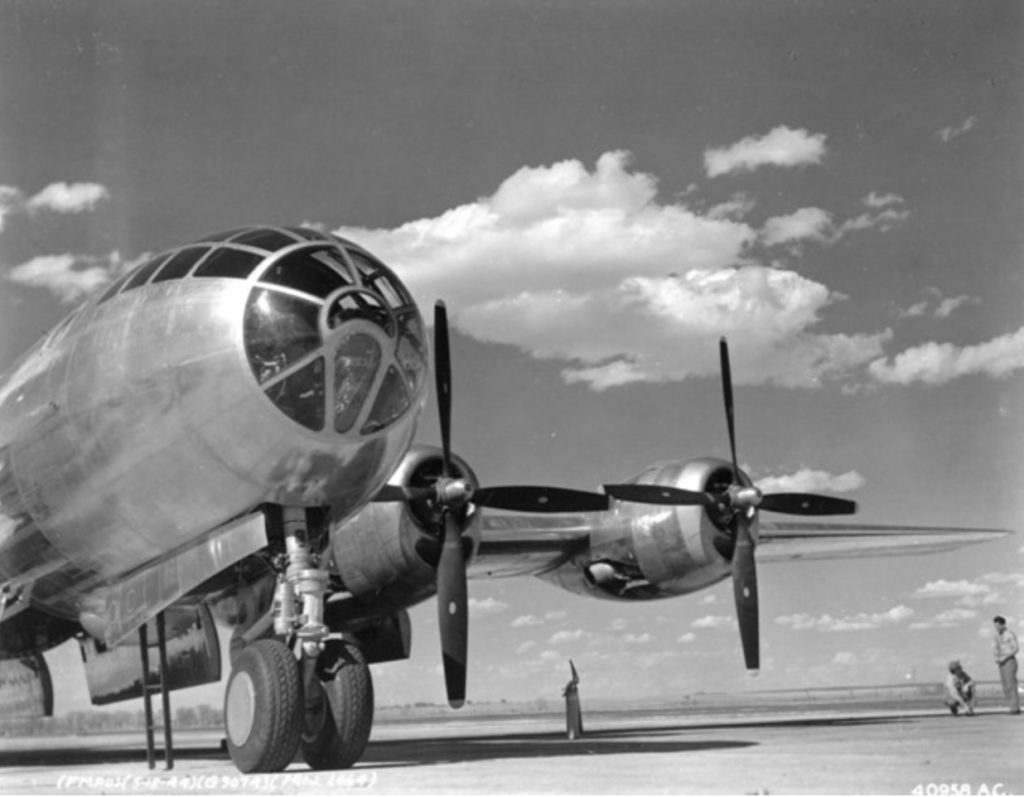
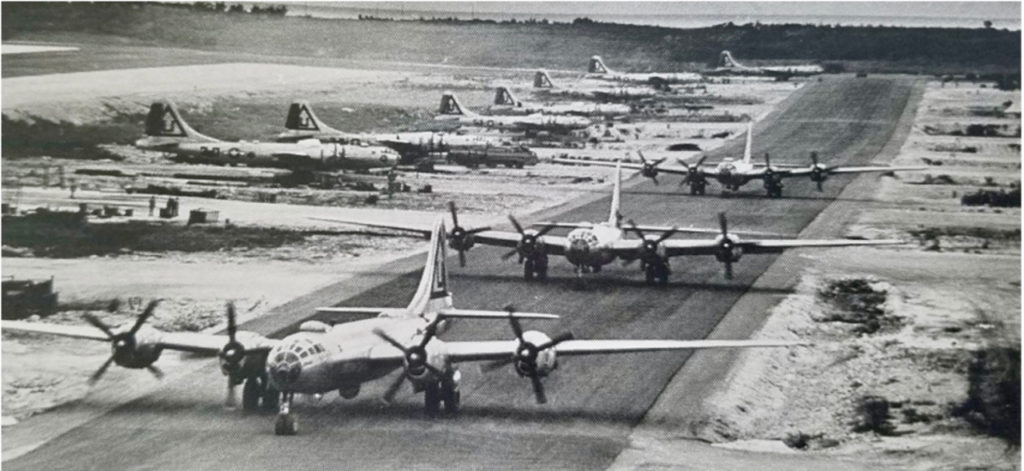
The men travelled all night and arrived at Kobe the next morning, detraining at Sannomiya Railway Station. The POWs formed up and marched a short way down a street called Naka Machi Dore and assembled on the YMCA sports ground, called Yoenchi Park. This uneven sided park sat opposite Kobe House. At Yoenchi Park the men were issued with their POW numbers and divided into sections before crossing the road to their new home – ‘Kobe’ House.
Please go to Kobe House for further reading.
Read further about Kobe House & War Trials
John Ramsbottom;s (later Lane) Diary
KOBE DOCKS
Some of the Kobe House POWs found themselves enlisted into the union of stevedores. John Lane’s book explained some of the Kobe companies and factories where the POWs were contracted out to work.
‘The Japanese companies of Mutsui, Mitsubishi, Sumitomo, Kamagumi, Ohamagumi, Utsumigumi, Takahama, Kobe-go and Sempaku soon became as familiar to us as Coles and Woolworths. All these firms had large warehouses scattered along the huge artificially constructed waterfront, and most of the Aussies were allocated to these places. However there were three factories situated some ten miles east of Kobe, to which about seventy of us were detailed to work. This group comprised the Showal Denki carbon works, Yoshihara vegetable oil processors and Toyo Steel Foundry.‘
Union of Stevedores
Warehouses constructed by such companies as Sumitomo and Mitsubishi had railroad sidings adjacent to the main piers at the docks. These warehouses were of a modern concrete construction with multiple floors and earthquake proof.
Transit sheds constructed of wood or steel and corrugated iron lined most piers. Freight lines connected all the main wharves with the Tokaido-Sanyu railroads. There were 4 freight yards that served the waterfront section of Kobe. Takahama Quay was the collection point for general domestic cargo and when the opportunity arose provided plenty of scope for POWs to scrounge and loot.
With time the POWs became more proficient at the art of looting. If caught there was the risk of reprisal but in most cases the prize outweighed the punishment. Apart from some injuries in their new jobs as wharf lumpers and factory hands there wasn’t too much to complain about. Food was adequate with the midday meal supplied by the company or factory for which the prisoners were contracted out to work. The weather was pleasant with light showers and temperatures between 18 degrees and 30 degrees Celsius.
At the end of war, there were 50 men from ‘J’ Force, including six from 2/4th (and 19 from ‘C’ Force) were still at Kobe in Wakinohama, and recovered from here:
On 21 June 1945 the ‘Kobe’ House Party left Kawasaki Camp on foot with several stretcher cases to WAKINOHAMA CAMP which was located about 1.5 miles past the old ‘Kobe’ House site towards Osaka. Their route took them past the site of ‘Kobe’ House, and Capt Boyce wrote
“it looked a shambles, spread out over the street as heaps of burned bricks and the door of a large safe, previously opening into the hospital now lay open to the air about 20 feet above the ground.”
Above Left: Peter Omiridis, Right: Jack Ramsbottom (after war changed to John Lane)
Below: Left: Hutchison Right: Evan Jones
Below: Left: John Gilmour Right: John Dore
Dore, J.
Gilmour, J.
Hutchinson, W.
Jones, Evan
Omiridis, Peter
Ramsbotton, (Lane) John
After the war the veterans of ‘J’ Force began the Newsletter called ‘Benjo News’ Kobe House & Hakensho.
Lena Jones, widow of Evan Jones, John Lane (formerly Ramsbottom) and John Gilmour have contributed.

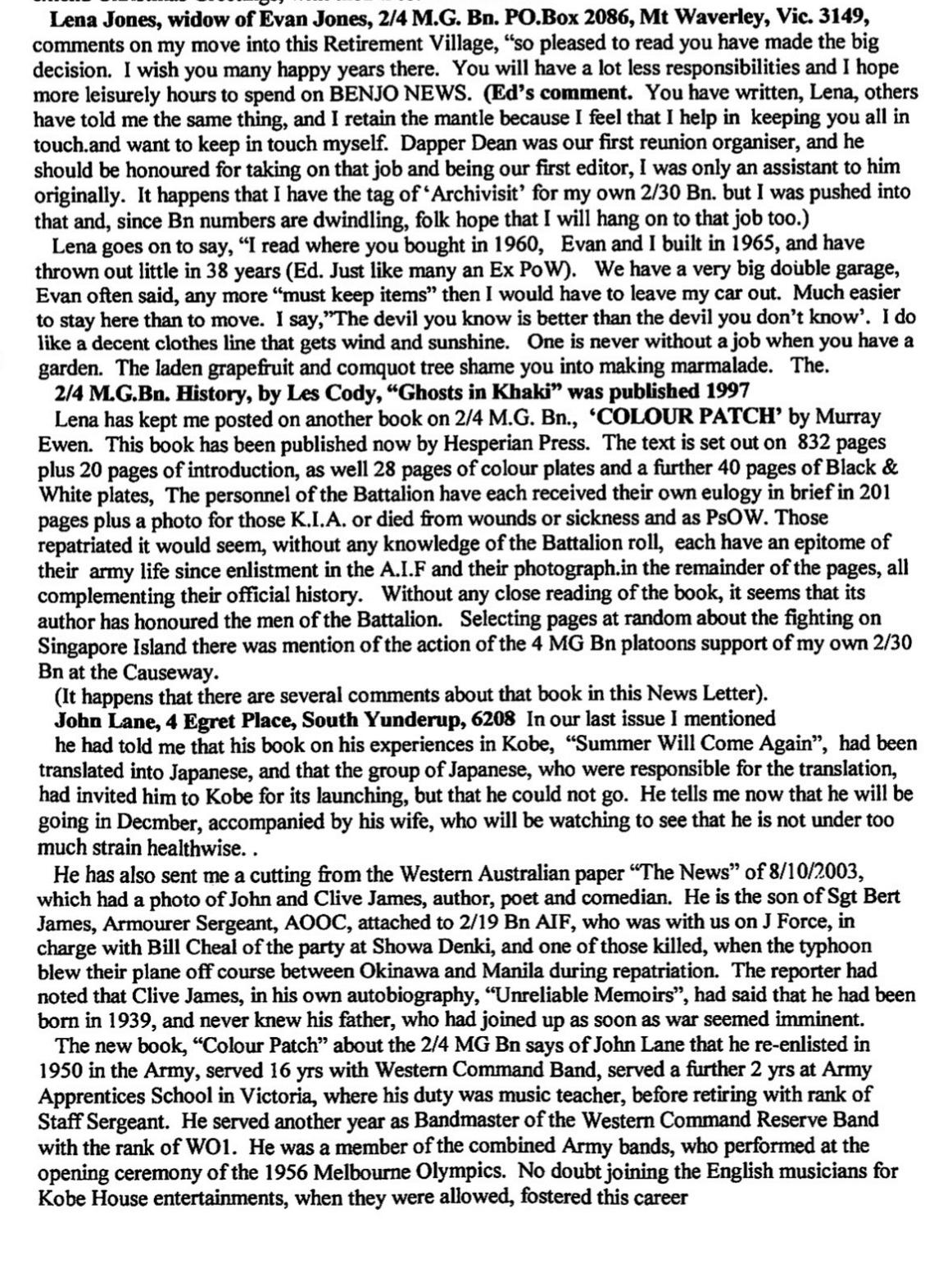
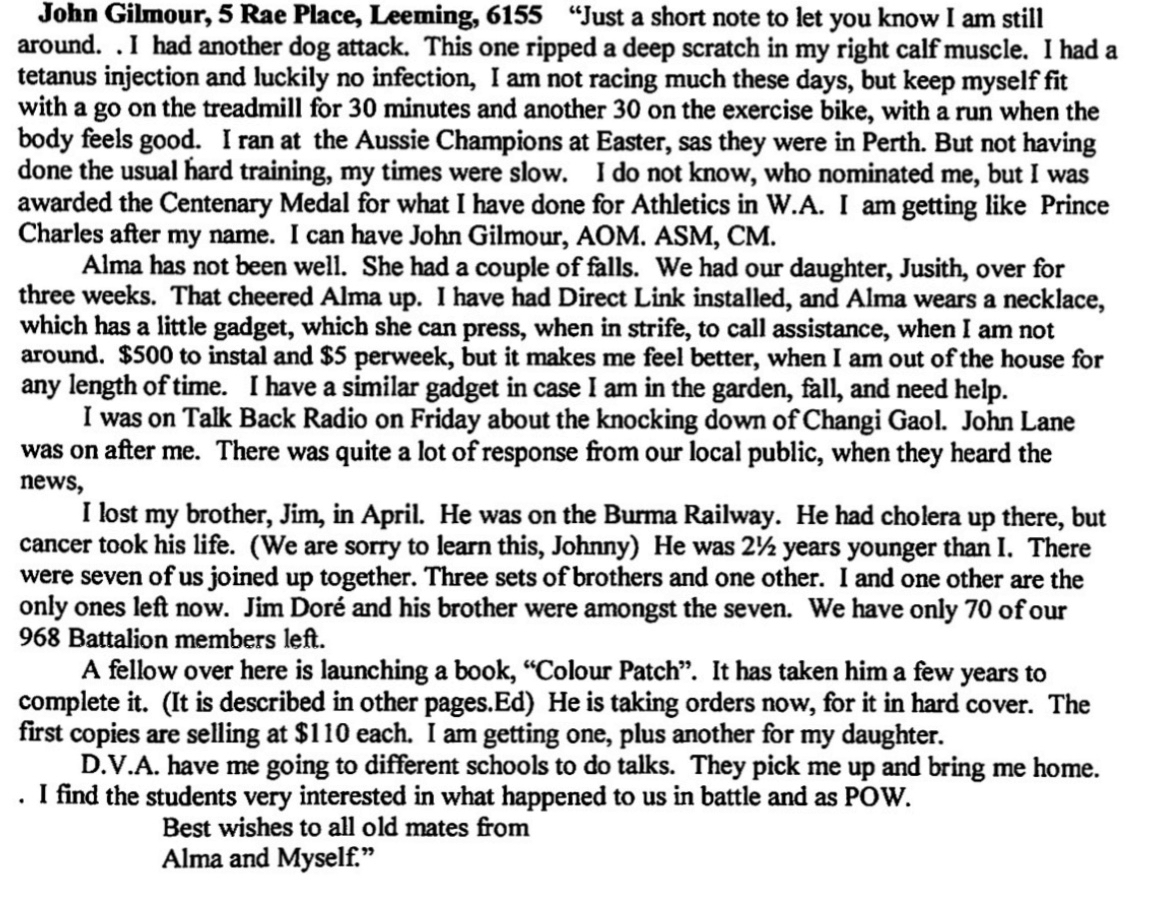

A total of 20 men from 2/4th selected with ‘J’ Force who sailed on ‘Wales’ Maru included:
WX9011 ARTHUR, GERALD CHARLES ‘JERRY’ – ‘B’ Coy
WX9360 CLARKE, EDWIN JOHN ‘NOBBY’ – ‘A’ Coy
WX8587 DAVEY, WILLIAM JAMES ‘POP’ – ‘B’ Coy
WX6362 DEVESON, ROY ALFRED – ‘C’ COY
WX8617 DORE, JAMES JOHN ‘Jim’ – ‘A’ Coy
WX7777 DRAPER, ARTHUR MONTAGUE – ‘B’ Coy
WX8622 GILMOUR, JOHN BARRY – ‘A’ Coy – was in Changi Hospital with reduced eyesight – he never regained his full eyesight. John Gilmour was the longest living of the 2/4th. He passed away in 2018, aged 99 years.
WX4985 HARRIS, NORMAN JOSEPH ‘NORM’ – ‘B’ Coy
WX8198 HINNRICHSEN, FRANK – BTN HQ
Please read Hinnrichsen’s Affadavit for War Trials
WX7332 HUTCHINSON, WALTER WILBOUR ‘WALLY’ – HQ Coy
WX7510 JONES, ALFRED JAMES ‘ALF’ – ‘D’ Coy
WX10897 JONES, EVAN BARTLETT – ‘B’ Coy
WX9312 LEAHY, MICHAEL JOHN – ‘B’ Coy
Please read Leahy’s account of Osaka Camp
WX17515 LYMN, RONALD RUBEN – ‘E’ Coy (reinforcement enlisted 31 Oct 1941)
WX12156 OMIRIDIS, PETROS VASSILIOUS ‘PETER’ – ‘A’ Coy
WX16448 PARK, ALBERT WILFRED ‘LANCE’ – HQ Coy
WX6172 PROCTOR, HAROLD EDWARD – ‘A’ Coy
WX14836 RAMSBOTTOM, JACK KENNETH – ‘A’ Coy (Fairbridge Farm School Boy – later changed his name to John Lane – author of several books about Fairbridge & Japan)
WX9226 TYSOE, HARRY – ‘A’ Coy died illness Japanese
Hospital, Osaka 26 November 1943 aged 35 years. His body was cremated and enshrined in Juganji Temple, Osaka.
Harry Tysoe was the only man not to return home. His few personal items were returned after the war to his wife and family by his best mate ‘Nobby’ Clarke who returned to his farm and wife at Nornalup, Walpole not far from Denmark where Harry grew up.
WX7641 WENN, STANLEY KEITH – ‘C’ Coy
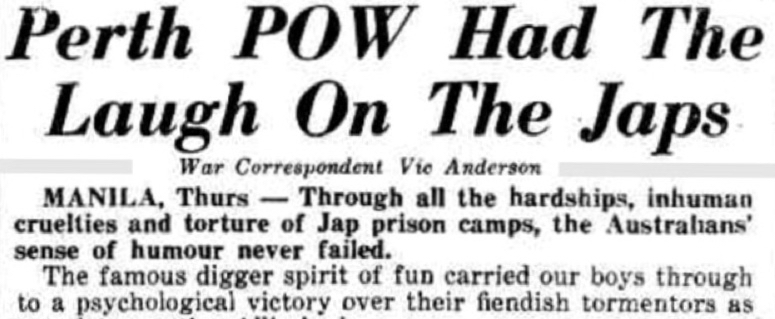

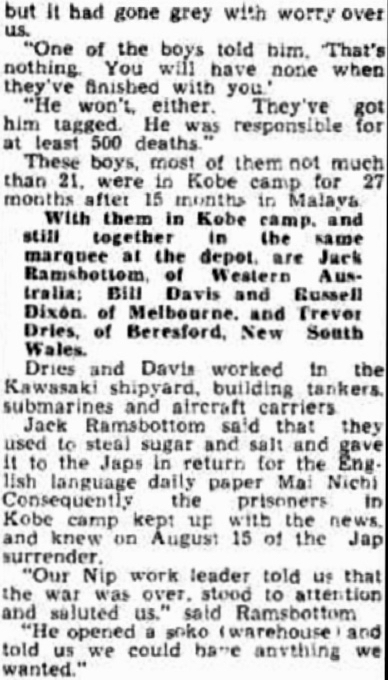
There were three 2/4th sent to Notogawa Camp. Leahy, Wenn and Lance Park. Please read further.
Below: Lance Park (left) freed from Notogawa.

From ‘The Story of J Force’ by A Dandie

